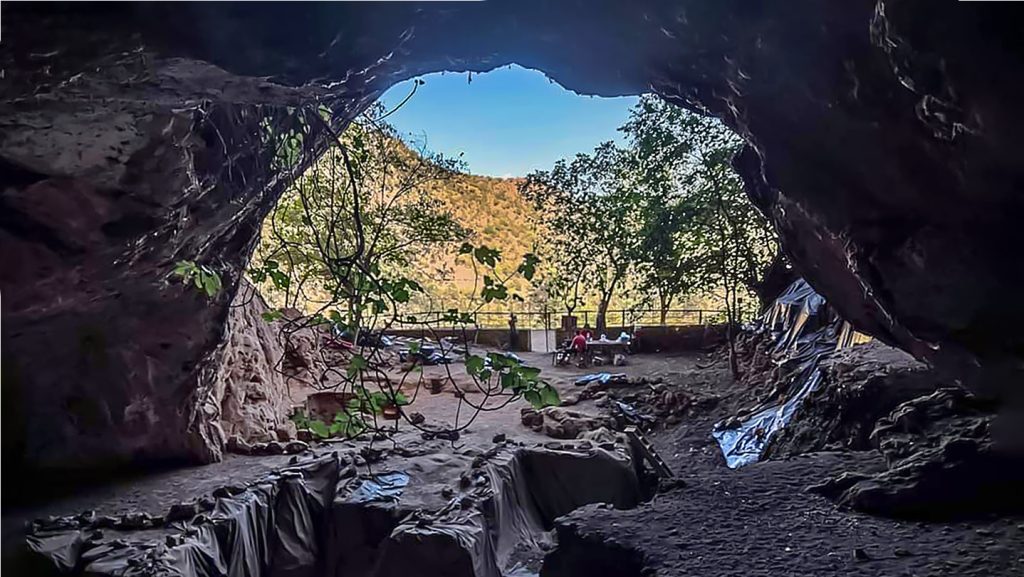The Iberomaurusians, late Stone Age hunter-gatherers from northeastern Morocco, had a primarily plant-based diet despite living in an area abundant with wild plants. They did not cultivate these plants, challenging the idea that heavy reliance on plants always leads to domestification. Archaeologists initially assumed that these people relied mostly on animals for protein, but analysis of human remains at the Taforalt site in Morocco showed a diet closer to herbivores, with an emphasis on plants and some meat consumption.
The Taforalt site, where the Iberomaurusians buried their deceased, is vital for studying human evolution and behavior during their existence around 23,000 years ago. Research into the diets of the Iberomaurusians involved analyzing teeth and bones from remains dating between 15,077 and 13,892 years old. Isotopes of elements such as carbon, nitrogen, and zinc were examined to understand the sources of food deposited into tissues. Comparisons with isotopes from herbivores and carnivores from the site revealed the heavy reliance of the Iberomaurusians on plants.
Despite the Iberomaurusians’ preference for plant-based diets, they continued to consume meat alongside their plant foods, making their diet a balance between gathering and hunting. Previous studies have indicated the group’s love for plants based on dental analysis showing frequent cavities from starchy foods. However, the lack of domesticated plants in their diet over millennia remains a mystery, contrasting with the agricultural practices that emerged elsewhere in the world during similar time periods.
The absence of domesticated plants among the Iberomaurusians poses a unique question regarding the pathways to agriculture and food production systems in different regions. While humans in southwestern Asia embraced farming around 12,000 years ago, agriculture arrived in Morocco much later, with farmed plants introduced from other lands around 7,600 years ago. This anomaly highlights the complexity of human societies and the diversity of paths that led to agricultural practices globally.
The study sheds light on alternative agricultural systems and the intricacies of human subsistence strategies during the late Pleistocene period. By providing evidence of a culture that heavily relied on wild plants without domesticating them, researchers are able to expand our understanding of the complexities of agricultural emergence. This research underlines the importance of considering multiple pathways to agriculture and the diverse food production systems adopted by different human populations throughout history.















